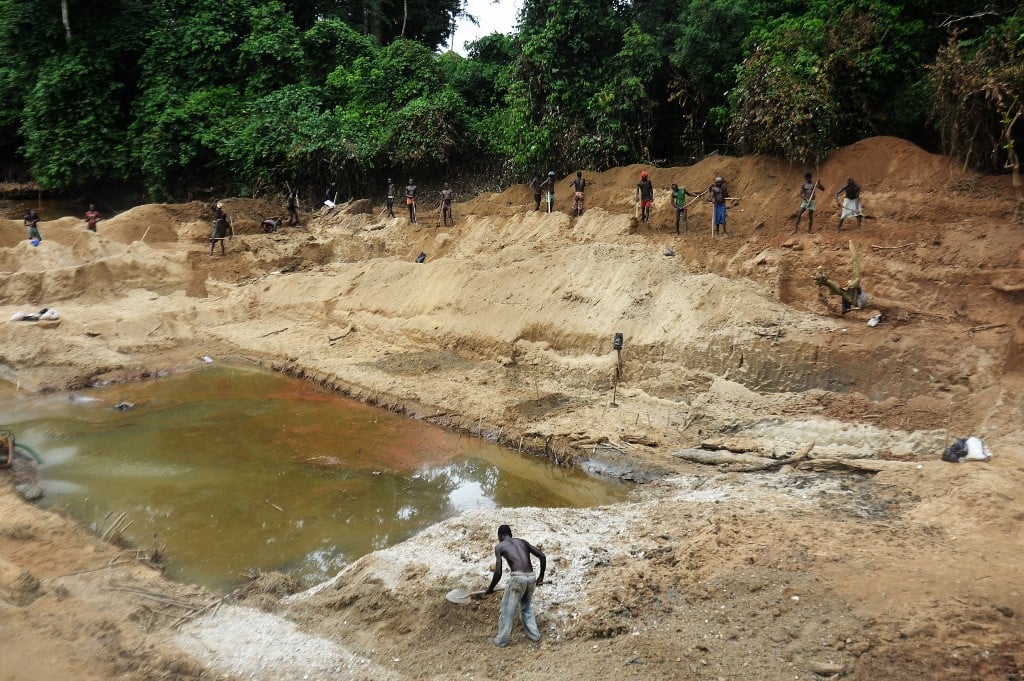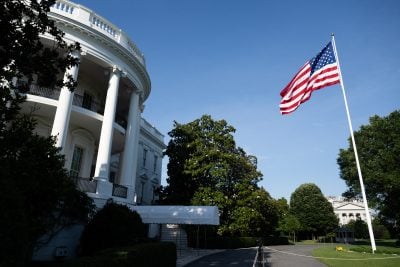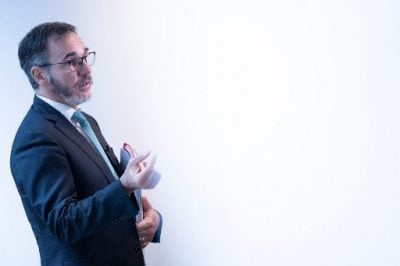The world’s largest diamond producer, De Beers Group, has applied to conduct exploration activities in north-eastern Angola.
The move comes after the country passed “substantive and consistent reforms” in its diamond mining sector that will drive “transformative socio-economic growth for local communities,” the mining giant said in a statement on Tuesday.
Following the submission of the exploration application the South African group hopes to kick-off negotiations with the Angolan government for a diamond mining investment deal, the company said.
If De Beers exploration licence is granted, Angola will be the only diamond producer in which three of the world’s largest diamond miners operate, including top Russian diamond miner Alrosa and fourth largest Rio Tinto, says New York-based diamond analyst Paul Zimnisky.
Untapped potential
Angola is the world’s sixth-largest diamond producer and the third in Africa, but its extensive diamond reserves, estimated to be 300 million carats, remain vastly untapped and under-explored. A 27 year civil war and a business environment considered secretive and difficult to navigate previously held the industry back.
Angola produced 8 million carats in 2020, a 15.4% decrease from 2019’s 9.4 million, according to the Ministry of Mineral Resources and Petroleum.
In a bid to attract investment, President João Lourenço unveiled plans to reform its diamond industry in 2018 in order to attract investment, boost production and drive higher revenues.
The reforms included overhauling the regulatory frameworks governing the sector, and the creation of the National Agency for Mineral Resources tasked with regulating, inspecting and promoting diamond mining, the president said.
The gleaming new headquarters of the Geological Institute of Angola was also inaugurated in Luanda last year, built by Chinese state-owned CITIC Construction Co. Ltd, and equipped with state-of-the-art labs for the treatment of mineral and petroleum resource samples.
“The Institute is in a position to provide the State, companies, investors and universities with credible geological information that was previously produced outside the country,” the government said.
In Angola’s eastern extremity, in the province of Lunda Sul, the construction of Saurimo’s Diamond Development Hub is also underway, which will be home to new diamond-cutting factories and two training centres specialised in diamond mining, evaluation and polishing. The hub hopes to propel regional industrialisation and generate job opportunities for young people.
The reforms are an important step in creating a “stable and more predictable investment environment in which the people of Angola can directly benefit from increased foreign direct investment”, Bruce Cleaver, the CEO of De Beers Group said.
“Should we discover an investment opportunity in the region, we will apply the same proven governance, social impact and environmental framework that has contributed to long-term and sustainable socio-economic development in the neighbouring countries of Botswana and Namibia,” he said.
The move expands the miner’s sprawling operations across Southern Africa. De Beers renewed its 10-year diamond sales agreement with Botswana last year.
The London-based firm also signed a new 20-year deal with the government of Namibia in October with perks to help their joint venture Namdeb to weather the storm of Covid.
After a tough year, Africa’s diamond industry is regaining its sparkle after the pandemic decimated consumer markets, paralysed supply chains and led to the closure of mines.
Want to continue reading? Subscribe today.
You've read all your free articles for this month! Subscribe now to enjoy full access to our content.
Digital Monthly
£8.00 / month
Receive full unlimited access to our articles, opinions, podcasts and more.
Digital Yearly
£70.00 / year
Our best value offer - save £26 and gain access to all of our digital content for an entire year!
 Sign in with Google
Sign in with Google 



